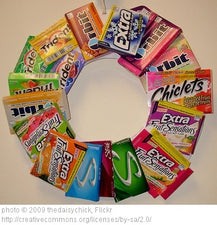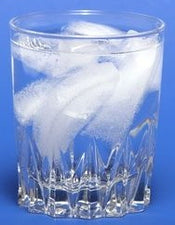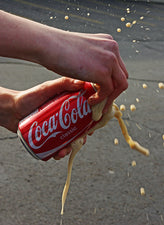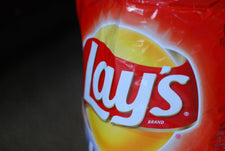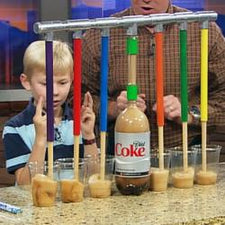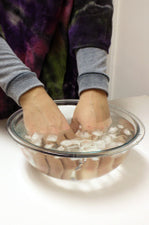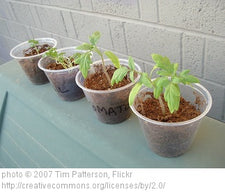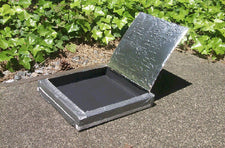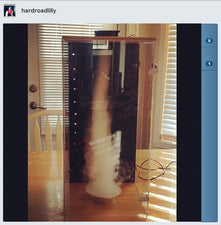Types of Fire Wood & Heat

Camping enthusiasts {and those interested in physics, of course} will love this science fair project featured by the site, All Science Fair Projects. With the help of an adult, students will test various types of fire wood to determine if they burn at different temperatures and, in this way, figure out which type of wood is best for cooking and heating outdoors.
Project Overview
As in the animal kingdom, there are different species of trees, each yielding wood with specific properties unique to that particular species. One way in which wood can be identified {along with other characteristics, of course!} is by density, as each species falls into a specific range. Species described as hard woods have higher densities while soft woods have lower densities. In this project, students will begin with the hypothesis that, because softer wood has a lower density, the stored potential thermal energy is lower and will therefore burn at a faster speed with lower heat. The opposite is also true.
With the help of an adult, students will explore four types of wood - oak, maple, cedar, and pine - following the experiment directions to measure and compare the amount of heat each gives off to determine which is best for outdoor cooking and survival. For important terminology and suggested background research, a list of experiment materials, procedural steps, observations, data tables, example output graphs, and conclusions, be sure to check out the full post at All Science Fair Projects! ...And remember, a responsible adult is needed for the safety and success of this project!
